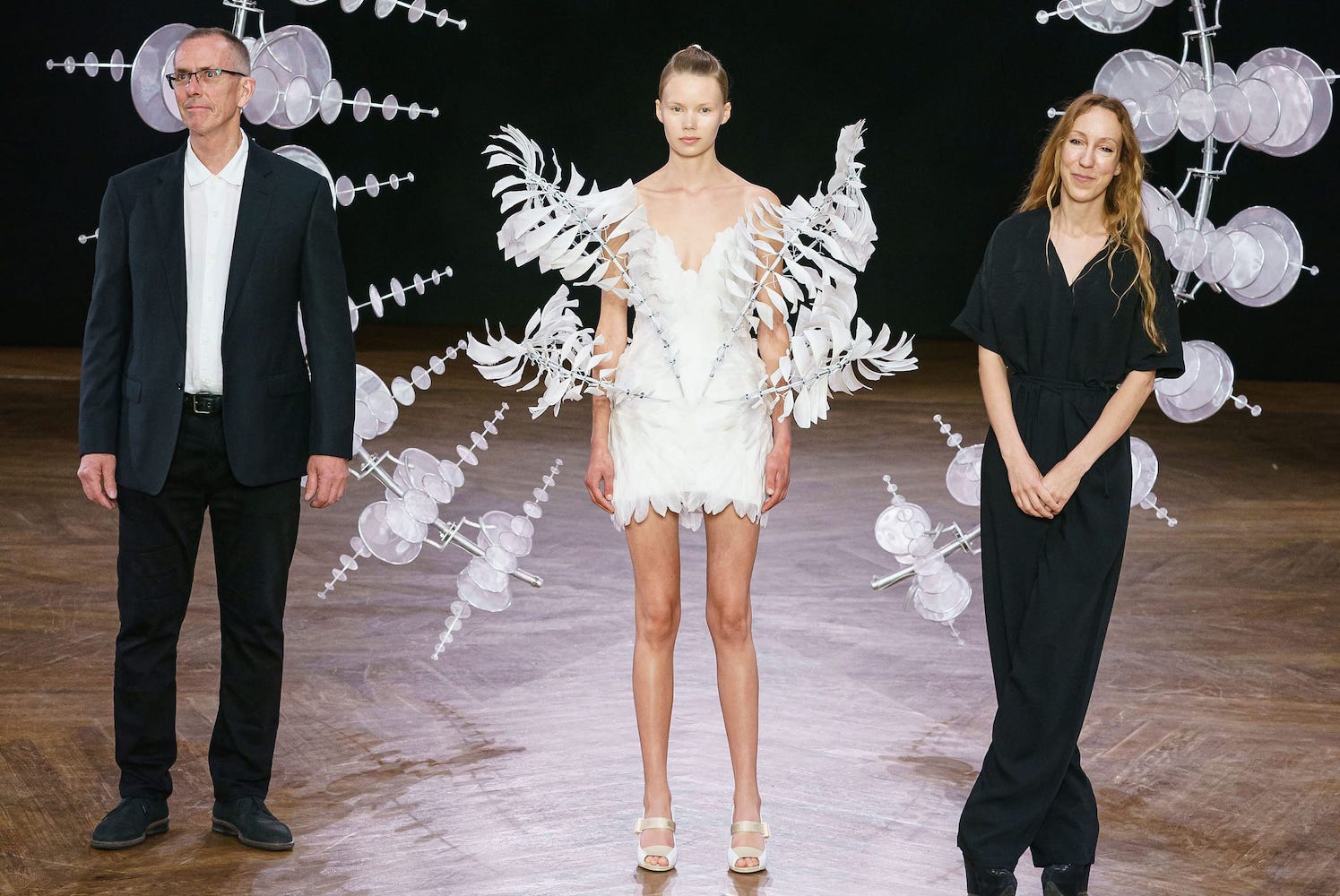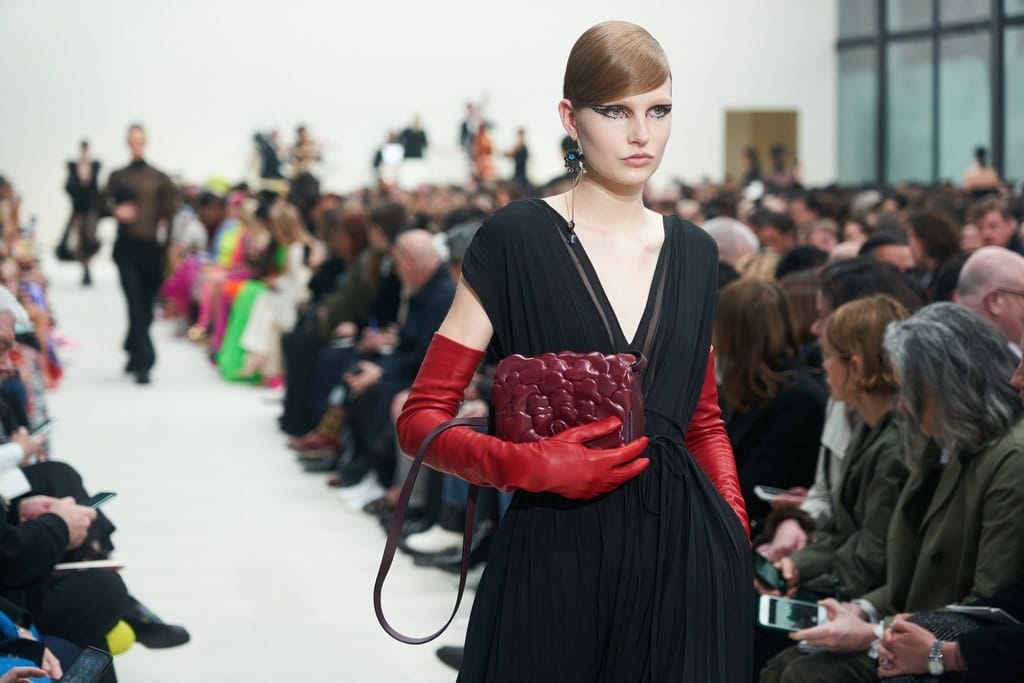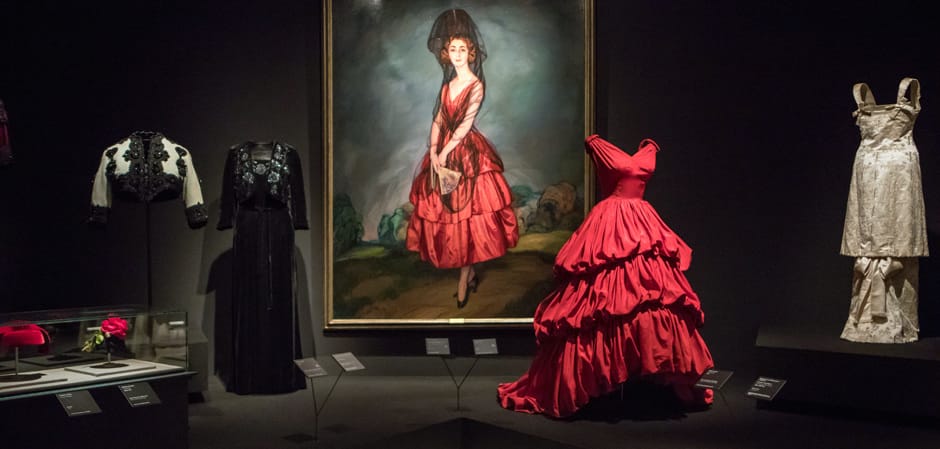The fashion world has been investing in the world’s cultural heritage for a long time. Is this a good gesture, tax evasion, or a way to secure positive publicity?
After the recent tragic fire at Notre Dame de Paris the first ones to donate massive sums to restore the cathedral were two giants of the fashion world: LVMH and Kering. This is not a one-off initiative. Luxury brands have a history of generosity towards the cultural heritage. Chanel is restoring Grand Palais, Cartier helps to preserve a unique rhinestone lamp — a very important exhibit at the Hermitage. Fendi donated €2.5 million to restore Rome’s Trevi fountain. Prada is currently restoring an XVII century palace that will later house the Modern Art Patronage Foundation.
Luxury brands are frequent art patrons who not only care about cultural heritage but also profit from it. History of many luxury brands stems from cities they were founded in. Restoration is a nice way to secure a fashion show at a historic venue.
Bruno Pavlovsky, President of Chanel’s fashion department, admits that the house cares about both supporting the fashion culture and have an opportunity to hold main shows at Grand Palais at Champs Elysees. The house patrons Galliera fashion museum in cooperation with which it has also taken part in restoring permanent exhibition halls of Grand Palais that are now named after Gabrielle Chanel. “We prioritize creativity; creativity is not just the designer’s sketch, it is the shops which turn it into a real thing, and the venues to show it at” Bruno comments.
Renzo Rosso, owner of Diesel, Maison Margiela, and Marni, and CEO of Only The Brave, is no stranger to the mastery of good investments. In 2015 Only The Brave foundation donated €5 million to restore the famous Rialto bridge in Venice, Italy, the first and the oldest bridge cross the Grand Canal. The mayor alongside the city’s authorities let the companies place an ad banner to conceal the restoration works. This is the only time Rialto bridge served as a billboard. The company’s name was seen by the locals, thousands of tourists, and the guests of the Venice Biennale.
Many companies deny getting any benefit from charity. Bvlgari restored Rome’s famous Spanish Steps to mark its 130th. The endeavor set the house back over €1.5 million. In 1995 the company opened a boutique called Old Curiosity Shop in Via Condotti, next to the steps, Its archive contains photos of cinema divas — with Elizabeth Taylor, Ingrid Bergman, Sofia Loren, and Anita Ekberg among them — wearing Bvlgari jewels on the steps. For many years the steps housed the Women Under Starlight show of high Italian fashion whose participants have included Armani, Ferre, Cavalli, and Versace. In 2003 the show was called off. Who knows, maybe the renewed steps will make Rome a competitor to Milan in terms of fashion. In 2016 Bvlgari financed the restoration of the mosaics at the Baths of Caracalla. Fan-like patterns of the mosaic inspired the company to create the Divas’ Dream watch collection which reflects some well-known motifs.

In 2014 Florence received an expensive gift from another luxury brand, Ferragamo. The €600,000 donated by Ferragamo family was used restore eight halls of Uffizi gallery which then housed 50 paintings previously stashed in the store rooms. Two years earlier the house was the only sponsor of the exhibition titled “Da Vinci’s St. Anne: The Last Masterpiece” held at Louvre. That was the first time the painting was presented to the public after a large=scale restoration. The house did not get any exclusive rights for advertising or using any paintings in its collections. Head of the family trade Ferruccio Ferragamo said during the press-conference that ‘the donations set an example for other successful businessmen’. He added that the exhibition was a way to thank the city which welcomed his father back in 1927. Paris was home to the shop that made shoes for its red-carpet clients, Marilyn Monroe and Audrey Hepburn.
Some inquisitive journalists quickly found out a curious fact that reveals the double meaning of Mr. Ferragamo’s words. As it turns out Italian companies are entitled for tax cuts under Art Bonus program sparing them up to 65% of any sum donated to restore and maintain monuments, historic buildings, artworks, museums, libraries, archives, archeologic and cultural objects. Tod’s who donated €25 million to retore the Colosseum also denies having any lucrative interest. However, taking Italy’s progressive taxation into account — the bigger the profit, the bigger the tax — is it any wonder brands won’t miss their chance to get a tax cut? Besides, Tod’s got something out of it as their logo was placed on the poster warning about restoration works. They also were entitled to use the famous ruins in their advertising materials.
However, it still would be wrong to assume that brands do charity just for the tax cuts. Several companies help restore objects of cultural heritage in their own respective countries and abroad. For example, Veuve Cliquot, part of LVMH group, helped restore the Pink Pavilion of Pavlovsk Park outside St. Petersburg. Every year Montblanc donates a certain sum to restore an object realted to writing and calligraphy at the Hermitage, i.e. the Chesma inkpot. Keep in mind that in Russia it is way harder to get a tax cut, let alone any attention from the media.
Prada took part in restoring another artwork with a complicated story, Giorgio Vasari’s ‘Last Supper’. In 1966 Arno river in Florence rapidly rose, and fully submerged the painting which was stored at Santa Croce basilica for 12 hours. Experts at Opificio delle Pietre Dure managed to prevent full peeling of the paint. Sadly, the technique which would help restore the painting did not exist yet. The ‘Last Supper’ was divided into wooden panels and preserved for 50 years. Two of the last four years required to restore the painting were fully financed by Prada.
Many companies benefit from their involvement in charity in terms of good publicity. It feels much better to buy a ticket to Gucci museum knowing that half of the money will be spent on restoring artworks, One would feel the same buying a new Battistero scarf by Emilio Pucci as a part of the money will be donated to restore the baptistery of Santa Maria Del Croce cathedral in Florence.
Every major European city has tens or even hundreds of ancient houses, castles, bridges, and other historic objects. Their maintenance and restoration requires a lot of money. While one object gets the financing others crumble awaiting their turn. When brands donate to restore Notre Dame de Paris, the Colosseum, the Spanish Steps, or ancients artworks, they contribute to their publicity but most importantly they help preserve art for the following generations.






